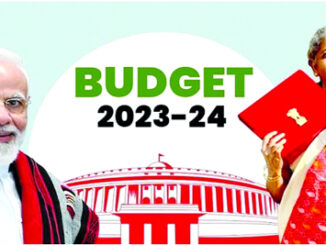Opposition leaders have accused the Uttar Pradesh government of downplaying the scale of the tragic stampede at the Maha Kumbh Mela on January 29. Official reports claim 30 people were killed and over 60 injured. However, the figures are being hotly contested, with opposition leaders like Akhilesh Yadav alleging that the real death toll is significantly higher, with many still missing. The state’s response has been both evasive and inadequate. The UP government, while deploying a judicial commission to investigate, stands accused of suppressing information and failing to provide transparency. The Supreme Court termed the incident “unfortunate” but redirected the matter to the Allahabad High Court, highlighting judicial reluctance to confront administrative lapses directly. Meanwhile, bereaved families continue searching for missing relatives, as official silence fuels public anger and distrust.
More troubling is the emerging angle of a possible conspiracy. With over 16,000 mobile numbers under investigation and facial recognition technology being used to identify suspects, authorities suggest foul play may have contributed to the chaos. Yet, the specifics remain murky. This raises critical questions about security preparedness and the state’s ability to protect its citizens during mass gatherings. Beyond political blame games and conspiracy theories, this tragedy underscores a recurring issue: inadequate crowd management at religious events. The National Disaster Management Authority has long recommended comprehensive policies for such gatherings, yet implementation remains lackluster.
As millions continue to gather for subsequent bathing rituals during the ongoing Maha Kumbh, which is a grand confluence of faith, tradition and humanity, the pressing need is not just for better protocols but also for transparent governance that respects both the living and the departed. Faith may guide the pilgrims, but safety must be ensured by those in power.
(Tribune, India)





Be the first to comment